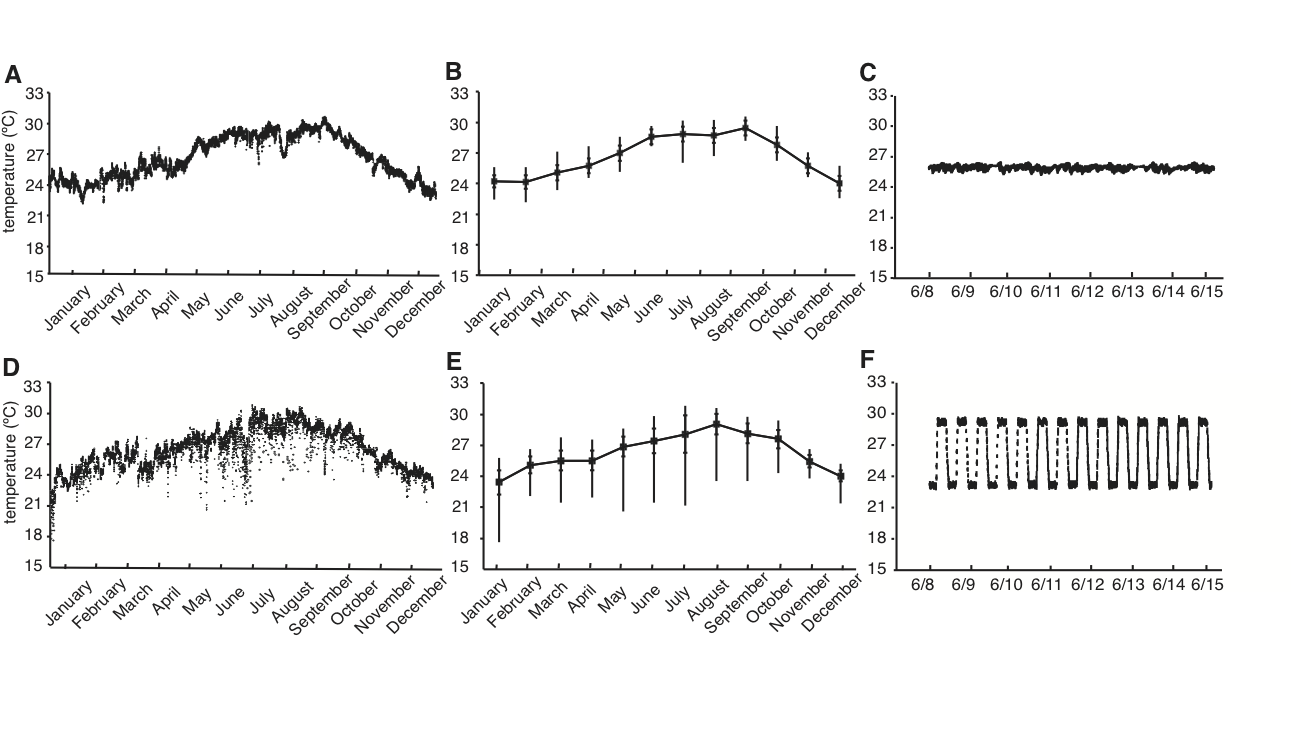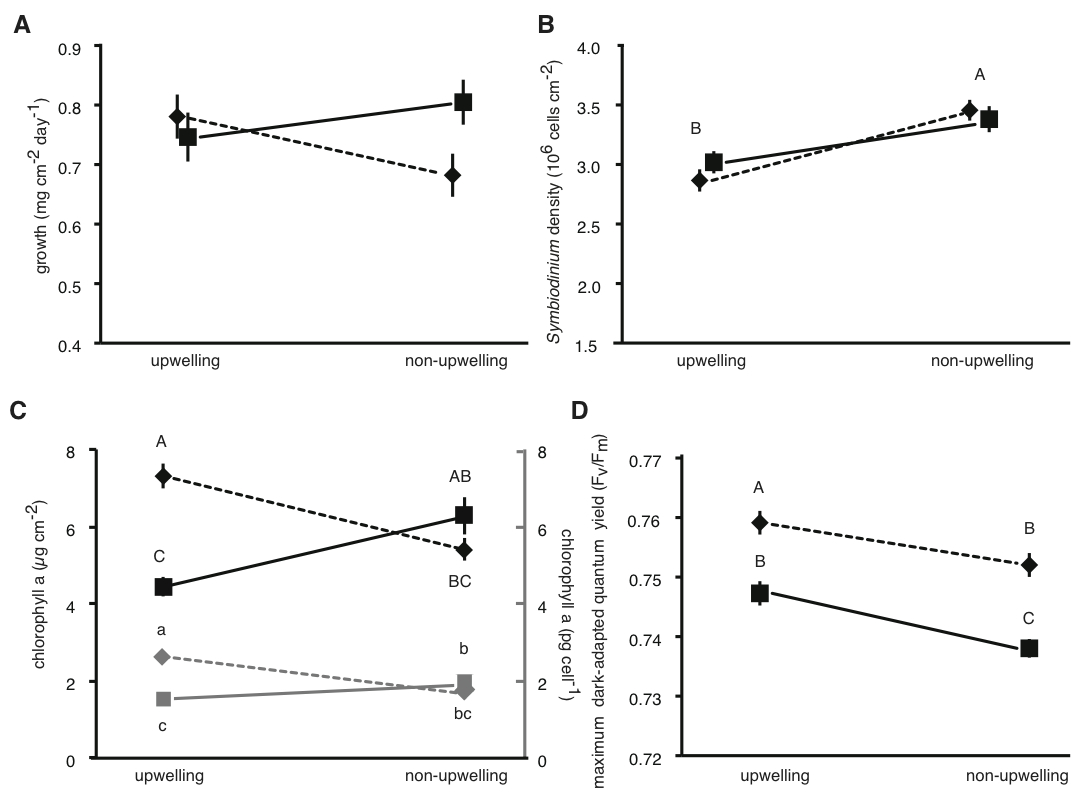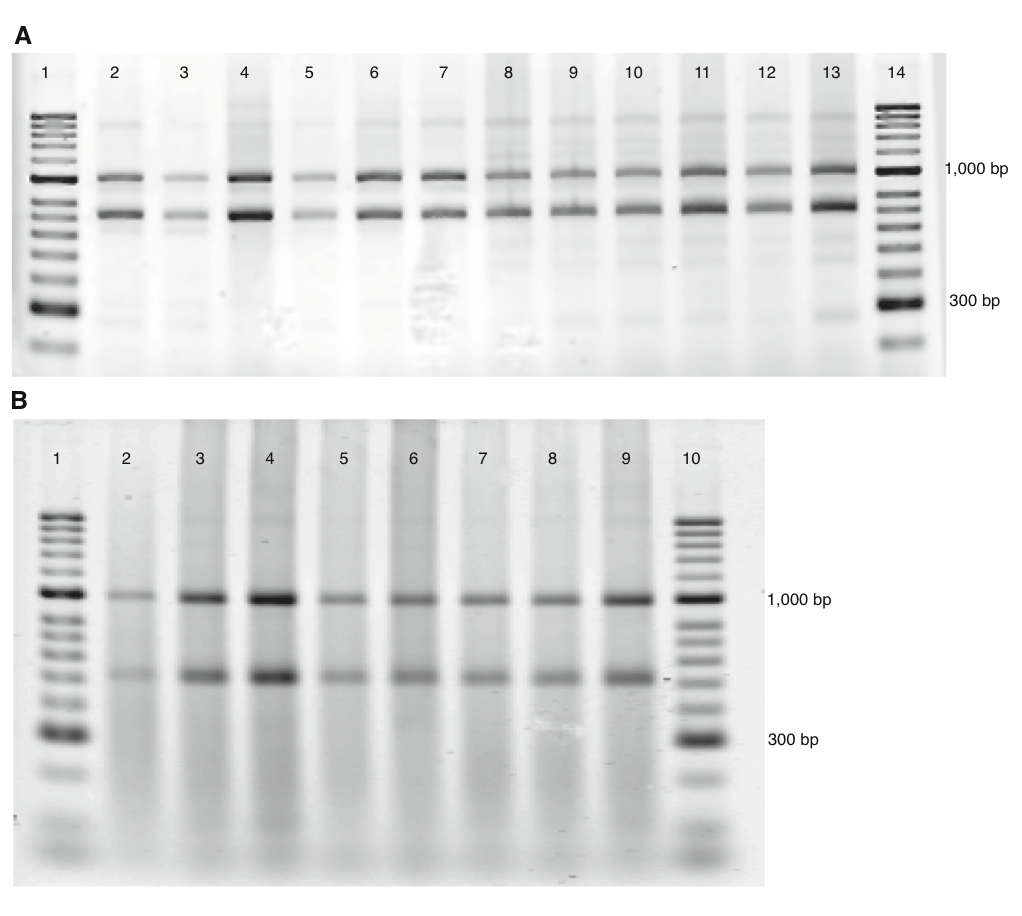Seriatopora hystrix variable temperature study (SHVTS)
Field sites of Southern Taiwan with their temperature profiles.
Briefly, corals from an upwelling site (Houbihu) and a non-upwelling site (Houwan) in Southern Taiwan were exposed to either upwelling-simulating (i.e, "variable;" 23-29ºC over a 6-hr period) or stable (26ºC) temperature regime for one week, and a variety of physiological and molecular-scale parameters were assessed. All data have been posted below. In a nutshell, even corals exposed to their “non-native” temperature conditions (e.g., non-upwelling reef corals exposed to variable temperatures) performed well, so we decided to look into their cells to see how such acclimation was achieved. Spoiler alert: it has to do with endosymbiont Golgi-mediated lipid and protein trafficking.
1. For the description of the original SHVTS experiment, please see this manuscript.
2. For access to the S. hystrix transcriptome, as well as a description of the experiment, please go to
this site (down for maintenance in mid-2021). Here is a brief description of the library
preparation methods. For basics on next generation sequencing chemistries, check out this (old!)
Power Point presentation. For a huge fasta file of the contig sequences, please click here.
3. For more molecular-scale data on these same samples, please see this manuscript.
4. There was also an interest in knowing how the transplantation out of the field and into the
aquarium affected the experimental corals, a topic discussed in this manuscript.
5. An analysis of proteins over-expressed by samples of the stable temperature treatment relative to
those of the variable temperature treatment can be found in this book chapter.
6. An analysis of proteins differentially concentrated between conspecifics of the two study sites,
Houwan and Houbihu, can be found in this manuscript. The differentially concentrated proteins
can be found in list form here.
7. Finally, a large-scale comparison of the transcriptome vs. the proteome was conducted, and
essentially zero congruency was found between gene and protein expression. The manuscript
(Mayfield et al. 2016 Mol Ecol) can be downloaded here.
8. In 2020, I used a more contemporary, label-based proteomic approach (iTRAQ) to attempt to
corroborate the 2D gel-derived findings. The manuscript can be accessed here, with the mass
spectrometry data found here (MassIVE) or on the Proteome Xchange repository (accession:
PXD020679).
A S. hystrix nubbin used in the SHVTS.
Houbihu, the upwelling site from which half of the S. hystrix colonies were collected.
near Houbihu, Nanwan, Taiwan
Topside view of Houwan, the non-upwelling site
Yes, there is a bunny in the tank room.
Seriatopora hystrix nubbins grown in suspension (they are on fishing line, not the bottom of the plastic basket).
I have nearly published all of the data associated with this project. We even tested the physiological condition of corals in the field vs. those used in the experiments (in this manuscript). Here are the associated data files (this is a work in progress):
1. Here is a JMP file for all data for the 12 RNA-Seq samples only. The associated raw data can be
found here.
2. Field data from the sampling sites: Houbihu (upwelling) and Houwan (non-upwelling).
A: Houbihu and Houwan temperature data. Condensed into monthly means.
B: Wanlitong (near Houwan) light data.
C: Houbihu light data.
3. Tank data.
A: Tank temperatures. In JMP format.
B: Light data (photosynthetically active radiation).
C: Light data averaged across week-long experiment in JMP format.
C: Light data-in situ vs. ex situ.
Real-time PCR data for four Symbiodiniaceae genes targeted as part of the first publication describing this experiment (Mayfield et al. 2012 J Exp Biol). download
For a PCA featuring all expressed mRNAs (RNA-Seq), please scroll to the interactive plot at the bottom of the page.













